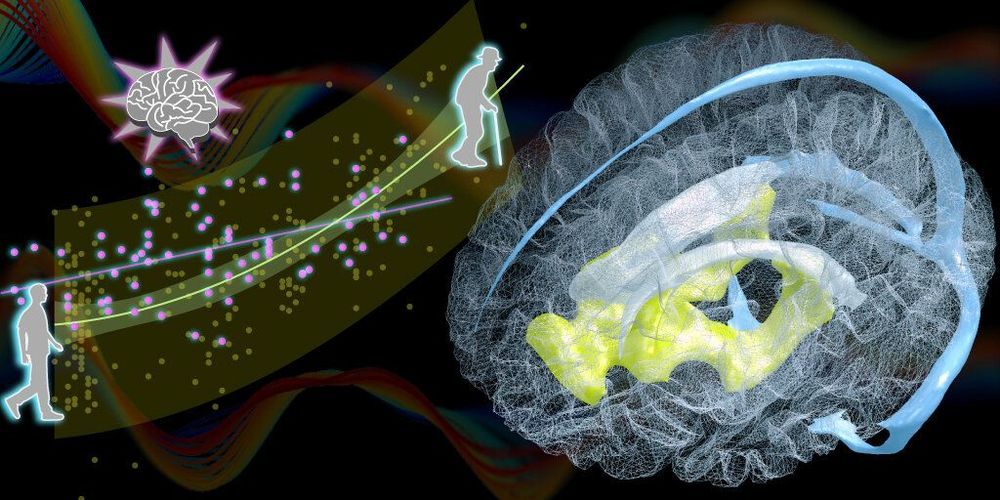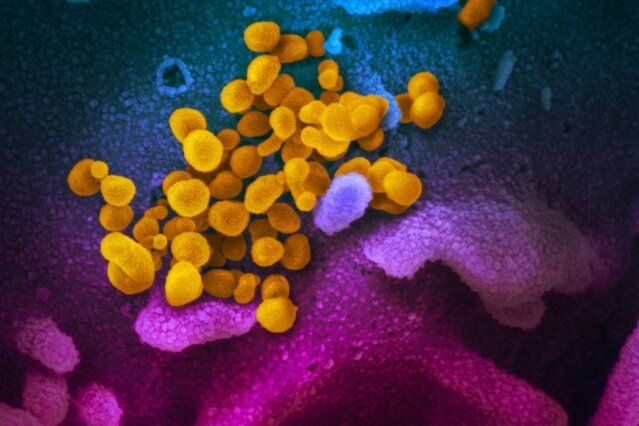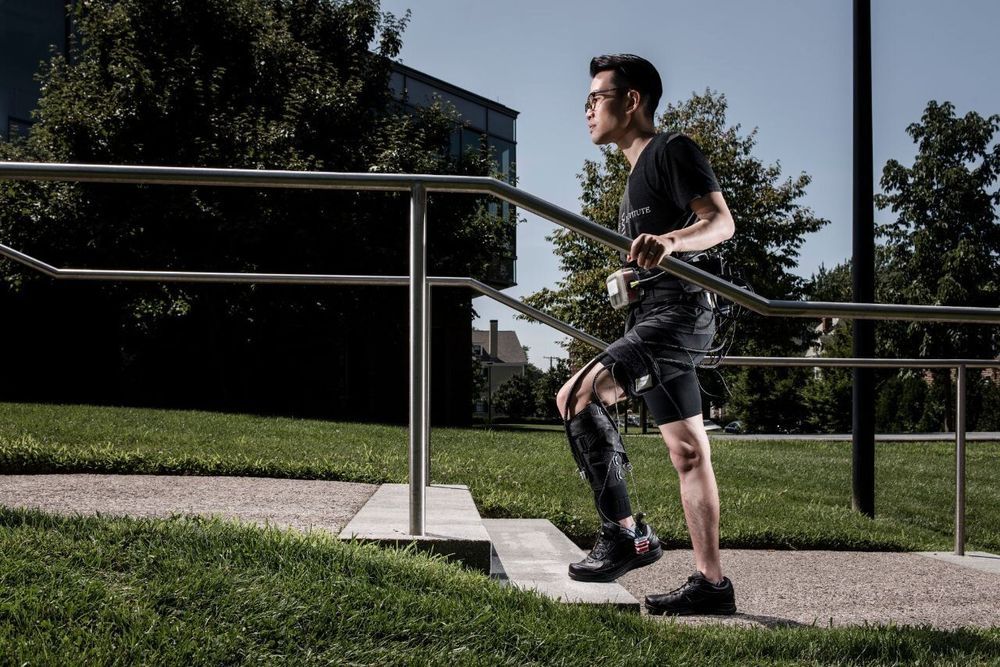Americans will likely get Sanofi’s Covid-19 vaccine before the rest of the world if the French pharmaceutical giant can successfully deliver one.




Researchers at the RIKEN Center for Biosystems Dynamics Research (BDR) in Japan have identified changes in the aging brain related to blood circulation. Published in the scientific journal Brain, the study found that natural age-related enlargement of the ventricles—a condition called ventriculomegaly—was associated with a lag in blood drainage from a specific deep region of the brain. The lag can be detected easily with MRI, making it a potential biomarker for predicting ventriculomegaly and the aging brain, which can then be treated quickly.
Ventriculomegaly is an abnormal condition in which fluid accumulates in the ventricles of the brain without properly draining, making them enlarged. Although ventricular enlargement within normal range is not itself considered a disease, when left unchecked it can lead to ventriculomegaly and dementia resulting from normal pressure hydrocephalus. In their study, the team found that ventriculomegaly was associated with changes in blood circulation of the brain. “We found an age-related perfusion timing shift in the brain’s venous systems whose lifespan profile was very similar to, but slightly preceded that of ventricular enlargement,” explains first author Toshihiko Aso.
After blood circulates through the brain providing necessary oxygen, the deoxygenated blood must return to the heart though our veins. This happens through two pathways, one draining blood from regions close to the surface of the brain, and the other from areas deep in the brain. By using MRI to measure changes in blood flow, the team at BDR recently found that as we age, the time it takes for blood to drain through these two pathways becomes out of sync. The result is a time lag between the deep drainage pathway and the surface pathway, which increases with age.

TEL AVIV, Israel, April 22, 2020 /PRNewswire/ — Prof. Dedi (David) Meiri, Chairman and CSO of CannaSoul and Nadav Eyal, Co-founder and CEO of Eybna Technologies Ltd, announced today the companies have jointly engaged in a mutual assays of CannaSoul’s (through its Myplant-Bio subsidiary) Cytokine Storm Assay and Eybna’s Novel NT-VRL™ formulation dedicated for treatment and prevention of viral infections — specifically for high-risk populations and treatment of actively ill patients.


https://sc.mp/subscribe-youtube
While nightclubs have closed in Germany as part of its coronavirus restrictions, a club held the country’s first drive-in social-distancing rave on May 9, 2020.
Follow us on:
Website: https://scmp.com
: https://facebook.com/scmp
: https://twitter.com/scmpnews
Instagram: https://instagram.com/scmpnews
: https://www.linkedin.com/company/south-china-morning-post/

Others are being hit hard by the impact of quarantine — feeling overwhelmed while trying to balance work with childcare, being stuck at home with an abusive partner or parent, or being alone for extended periods of time.
Since it’s Mental Health Awareness Month, here are some tips to help you cope with the crisis:
More from Invest in You: Young adults confront fears, stress as they navigate pandemic Over-eating, self-medicating lead to skyrocketing grocery bills How to help out others without breaking your own bank
It turns out that mental illness is normal.
To that point, many people were struggling to keep it together before the crisis. Some had never experienced a mental-health challenge before and are now suffering from anxiety and depression. Some are struggling to adjust to the direct health and economic consequences of the virus — job loss, financial stress, illness and/or the death of a loved one.

Scientists at Sanford Burnham Prebys Medical Discovery Institute and Loma Linda University Health have demonstrated the promise of applying magnetic resonance imaging (MRI) to predict the efficacy of using human neural stem cells to treat a brain injury—a first-ever “biomarker” for regenerative medicine that could help personalize stem cell treatments for neurological disorders and improve efficacy. The researchers expect to test the findings in a clinical trial evaluating the stem cell therapy in newborns who experience a brain injury during birth called perinatal hypoxic-ischemic brain injury (HII). The study was published in Cell Reports.
“In order for stem cell therapies to benefit patients, we need to be thoughtful and scientific about who receives these treatments,” says Evan Y. Snyder, M.D., Ph.D., professor and director of the Center for Stem Cells and Regenerative Medicine at Sanford Burnham Prebys, and corresponding study author. “I am hopeful that MRI, which is already used during the course of care for these newborns, will help ensure that infants who experience HII get the best, most appropriate treatment possible. In the future, MRI could help guide the use of stem cells to treat—or in some instances, not treat—additional brain disorders such as spinal cord injury and stroke.”
Scientists now understand that, in many instances, human neural stem cells are therapeutic because they can protect living cells—in contrast to “re-animating” or replacing nerve cells that are already dead. As a result, understanding the health of brain tissue prior to a stem cell transplant is critical to the treatment’s potential success. Tools that help predict the efficacy of neural stem cell therapy could increase the success of clinical trials, which are ongoing in people with Parkinson’s disease, spinal cord injury and additional neurological conditions, while also sparing people who will not respond to treatment from an invasive procedure that offers false hope.

Stroke is the leading cause of serious long-term disability in the US with approximately 17 million individuals experiencing it each year. About 8 out of 10 stroke survivors suffer from “hemiparesis”, a paralysis that typically impacts the limbs and facial muscles on one side of their bodies, and often causes severe difficulties walking, a loss of balance with an increased risk of falling, as well as muscle fatigue that quickly sets in during exertions. Oftentimes, these impairments also make it impossible for them to perform basic everyday activities.
To allow stroke patients to recover, many rehabilitation centers have looked to robotic exoskeletons. But although there are now a range of exciting devices that are enabling people to walk again who initially were utterly unable to do so, there remains significant active research trying to understand how to best apply wearable robotics for rehabilitation after stroke. Despite the promise, recent clinical practice guidelines now even recommend against the use of robotic therapies when the goal is to improve walking speed or distance.
In 2017, a multidisciplinary team of mechanical and electrical engineers, apparel designers, and neurorehabilitation experts at Harvard’s Wyss Institute for Biologically Inspired Engineering and John A. Paulson School of Engineering and Applied Sciences (SEAS), and Boston University’s (BU) College of Health & Rehabilitation Sciences: Sargent College showed that an ankle-assisting soft robotic exosuit, tethered to an external battery and motor, was able to significantly improve biomechanical gait functions in stroke patients when worn while walking on a treadmill. The cross-institutional and cross-disciplinary team effort was led by Wyss faculty members Conor Walsh, Ph.D. and Lou Awad, P.T., D.P.T., Ph.D, together with Terry Ellis, Ph.D., P.T., N.C.S. from BU.